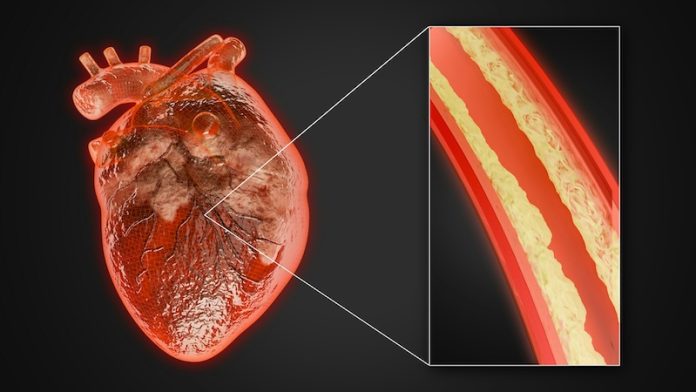
Coronary artery disease (CAD) happens when the main blood vessels that bring oxygen-rich blood to your heart become narrowed or blocked. This usually occurs because of plaque—a sticky substance made of cholesterol and other materials—building up on the artery walls. This buildup is called atherosclerosis and can take years to develop.
At first, you might not feel anything. But as the arteries narrow, the blood flow to your heart is reduced. If the blockage becomes severe, it can lead to a heart attack. That’s why it’s important to know the early signs and take them seriously.
One of the most common signs of a blocked artery is chest pain, also known as angina. This pain may feel like pressure, squeezing, heaviness, or discomfort in the center of your chest. Sometimes, the feeling spreads to your arms, shoulders, back, neck, or jaw.
Angina often shows up during physical activity or emotional stress, and it usually goes away when you rest. If you experience new or worsening chest pain, don’t wait—see a doctor right away.
Shortness of breath is another warning sign. If your heart isn’t getting enough blood, it can’t pump properly, and you may start feeling out of breath—especially when walking, climbing stairs, or even lying flat. This can also be paired with fatigue.
Palpitations, or the feeling that your heart is racing or skipping beats, can also signal that your heart is under stress. It may feel like fluttering or pounding in your chest.
Some symptoms might be easy to mistake for other conditions. For example, nausea, indigestion, stomach pain, or heartburn can show up during a heart attack, especially in women. Many people confuse these signs with common digestive issues and delay getting help.
Another red flag is unusual tiredness. Feeling extremely tired for no clear reason—especially if it’s new or happens during simple activities—can be a sign of a heart problem. In women, this kind of fatigue might appear weeks before a heart attack.
Breaking out in a cold sweat when you’re not exercising or feeling hot is also a concerning sign. If this happens with chest pain or shortness of breath, it could mean your heart isn’t getting enough blood.
If you or someone you know shows any of these symptoms, it’s important to talk to a doctor. Doctors can run tests like stress tests, echocardiograms, or coronary angiograms to see how well your heart is working and whether any arteries are blocked.
Treatments depend on how serious the blockage is. For some people, lifestyle changes and medication are enough. Others may need procedures like angioplasty, where doctors open up the clogged artery, or surgery to restore blood flow.
The good news is that many cases of coronary artery disease can be managed or even prevented. A healthy lifestyle goes a long way. Eat a balanced diet low in saturated fat and added sugars, exercise regularly, avoid smoking, and manage stress. Keeping your blood pressure, cholesterol, and blood sugar levels in check is also key.
Regular doctor visits are important too—especially if you have risk factors like a family history of heart disease, high cholesterol, high blood pressure, diabetes, or if you smoke.
In short, knowing the warning signs of blocked arteries and acting quickly can save your life. Listen to your body, make heart-healthy choices, and don’t ignore symptoms that could point to a bigger problem.
If you care about heart health, please read studies that apple juice could benefit your heart health, and Yogurt may help lower the death risks in heart disease.
For more information about health, please see recent studies that Vitamin D deficiency can increase heart disease risk, and results showing Zinc and vitamin B6 linked to lower death risk in heart disease.
Copyright © 2025 Knowridge Science Report. All rights reserved.



